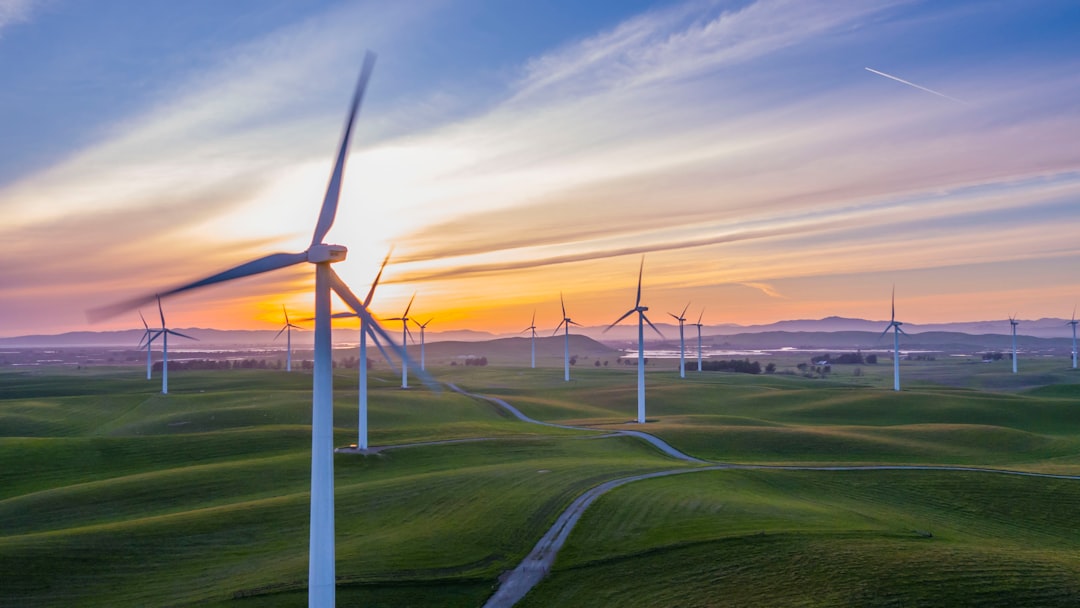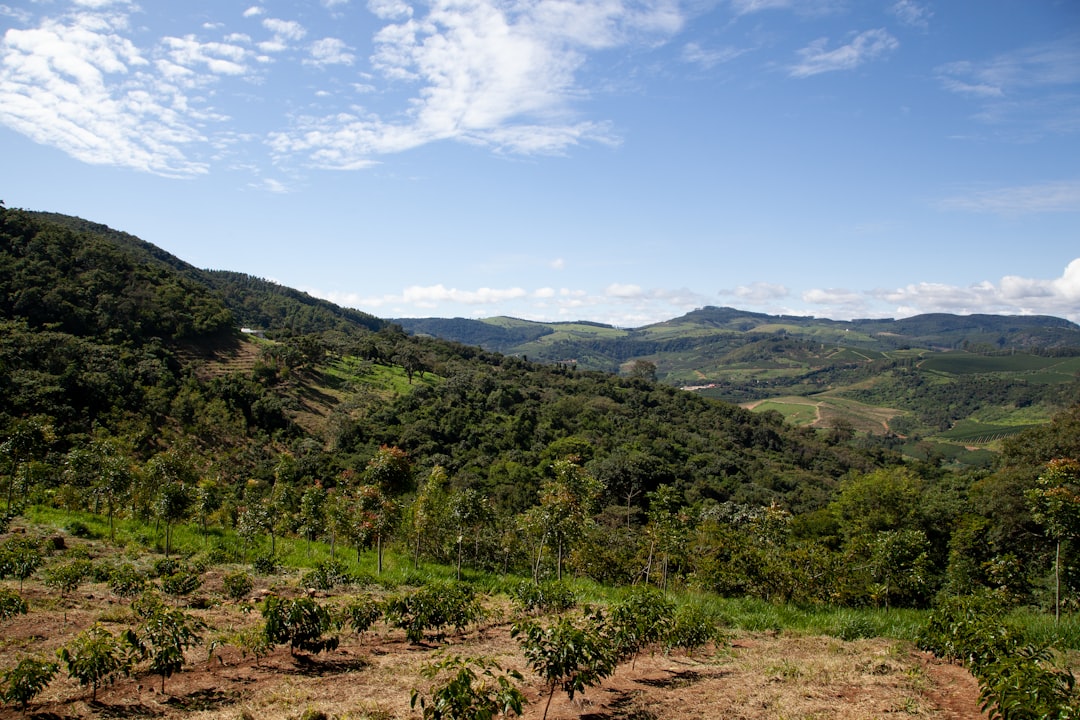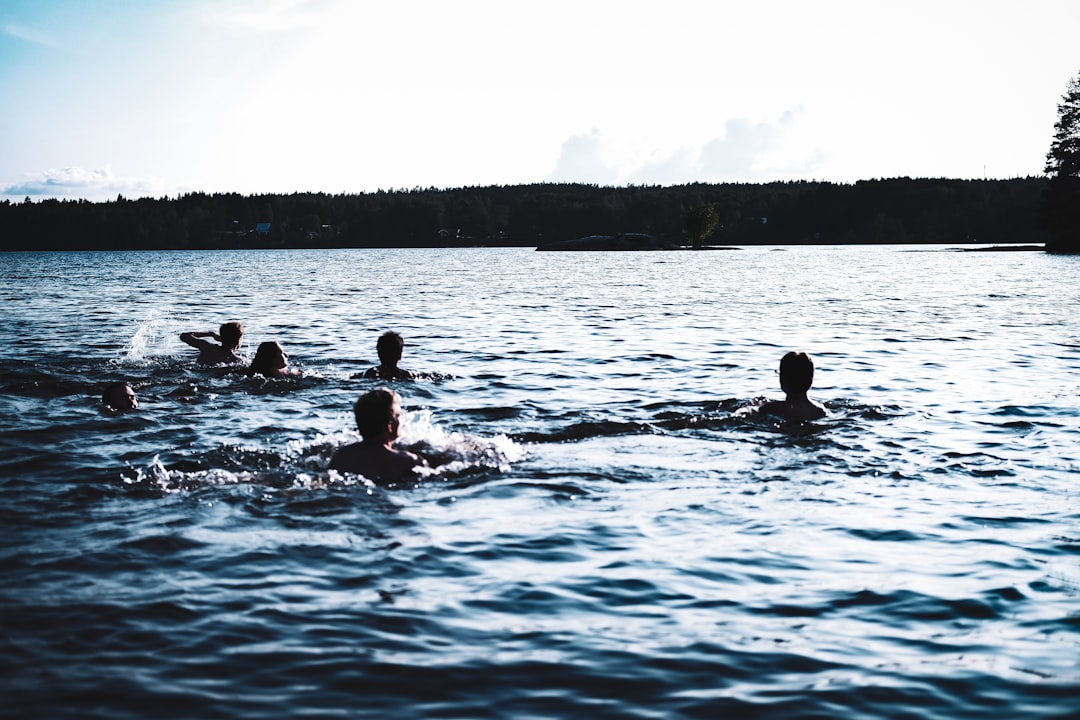What is it about?
In Sri Lanka, among 2588 Salmonella positive cases, the highest incidences were recorded from Jaffna peninsula during 2005 to 2013. Therefore, the present study aimed to identify the microbiological and chemical contamination status of groundwater sources in Jaffna. The total coliform, E. coli, Salmonella spp. and Shigella spp. along with some physico-chemical parameters of groundwater were studied. The results revealed that entire peninsula was contaminated with total coliform and E. coli bacteria and the parameters recorded were not within the WHO and SLS (Sri Lanka Standards) drinking water quality standards. 38% of sampling locations were positive for Salmonella spp. and among them six sampling locations were being used for drinking purposes. The results of the study correlates with the statistics of typhoid cases recorded in Jaffna.
Featured Image

Photo by Bit Cloud on Unsplash
Why is it important?
Priority was given to Jaffna Peninsula to focus on pathogenic bacteria contamination in well water as groundwater is the only drinking water source for human consumption in Jaffna. Our findings show that entire Jaffna peninsula was contaminated with total and feacal coliform bacteria and 38% of groundwater sources were contaminated with pathogenic Salmonella spp..
Perspectives
Writing this article was a great pleasure as it is the first publication regarding pathogenic bacterial contamination of groundwater in Jaffna peninsula, Sri Lanka.
Dr. Yohan Lasantha Mahagamage
University of Sri Jayewardenepura
Read the Original
This page is a summary of: Water quality and microbial contamination status of groundwater in Jaffna Peninsula, Sri Lanka, Journal of Water and Land Development, March 2019, De Gruyter,
DOI: 10.2478/jwld-2019-0001.
You can read the full text:
Resources
Contributors
The following have contributed to this page










